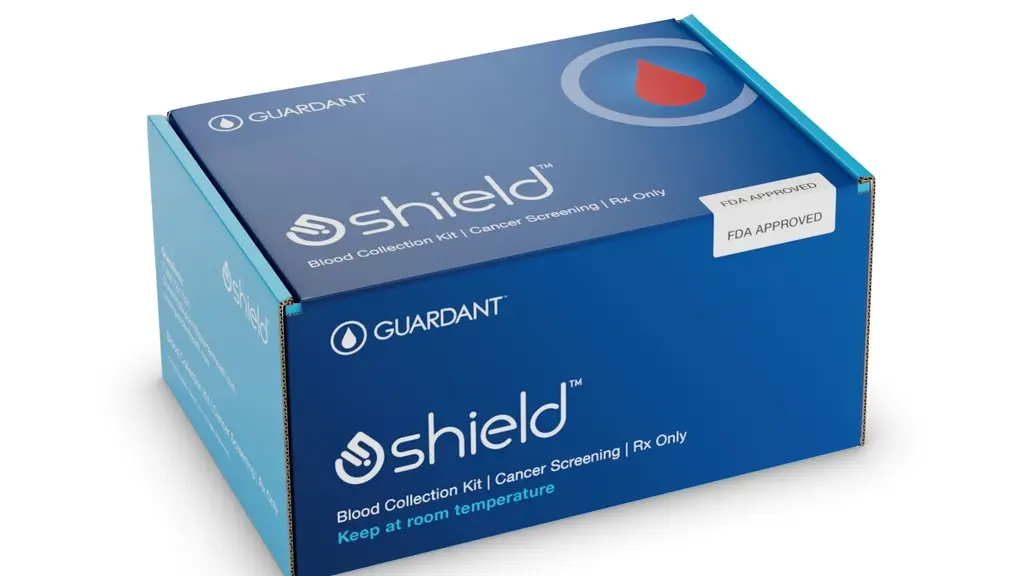The discovery of a lump in your breast can be a moment of immense anxiety. Fortunately, most breast lumps are benign, meaning they are not cancerous. However, a history of benign breast disease can slightly elevate your risk of developing breast cancer later in life. This article delves deeper into this topic, empowering you with knowledge and practical steps to manage your breast health.
Understanding Benign Breast Disease: A Spectrum of Non-Cancerous Changes
Benign breast disease is a broad term encompassing various non-cancerous alterations in breast tissue. These changes can manifest as lumps, thickening, or tenderness. Some women experience no noticeable symptoms at all. Let’s explore some common types of benign breast disease:
- Fibroadenomas: These are solid, rubbery lumps that are not filled with fluid. They are typically smooth and mobile when touched, and usually occur in younger women (under 30).
- Cysts: These are fluid-filled sacs that can feel smooth, round, or irregular. They may fluctuate in size throughout your menstrual cycle and may cause discomfort, especially before your period.
- Fibrocystic Changes: This is a general term for a group of benign breast changes that can include lumpiness, tenderness, and breast pain. These changes are often related to hormonal fluctuations during the menstrual cycle.
- Ductal hyperplasia: This refers to an overgrowth of cells lining the milk ducts in the breast. There are two types: usual ductal hyperplasia (UDH), which is very common and carries no increased risk of cancer, and atypical ductal hyperplasia (ADH), which is less frequent and carries a slightly higher risk.
Not All Benign Lumps Increase Cancer Risk: Importance of Differentiating
While most benign breast conditions don’t heighten your cancer risk, a few exceptions exist. Here’s why it’s important to seek a doctor’s evaluation if you discover a lump:
- Atypical Hyperplasia (ADH): As mentioned earlier, ADH is a specific type of ductal hyperplasia where the cells lining the milk ducts show abnormal changes. While still considered benign, women with ADH have a slightly increased risk of developing breast cancer in the future.
- Family History: If you have a close relative (mother, sister, daughter) with breast cancer, even with a benign breast condition, your risk might be slightly higher than average.
- Personal History: Previous biopsies revealing other types of abnormal cell growth may warrant closer monitoring.
It’s crucial to understand that a diagnosis of benign breast disease doesn’t automatically translate to cancer. However, it highlights the importance of regular breast self-exams and discussions with your doctor to establish a personalized screening plan.
The 2022 Study: Unveiling Long-Term Risks and the Need for Personalized Screening
A 2022 study published in a reputable medical journal shed light on the long-term consequences of a benign breast disease diagnosis. Researchers analyzed data from over 778,000 Spanish women aged 50 to 69 who underwent mammography screening at least once during a 20-year period. The study revealed some key findings:
- Elevated Risk: Women with a history of benign breast disease were nearly twice as likely to develop breast cancer over 20 years compared to those without.
- Long-Term Persistence: This elevated risk persisted for at least two decades, highlighting the importance of long-term monitoring.
- Proliferative Disease: The study further identified that women diagnosed with proliferative benign breast disease, characterized by increased cell growth, had an even higher risk of developing breast cancer.
These findings underscore the need for a more personalized approach to breast cancer screening. With this knowledge, doctors can tailor screening strategies based on individual risk factors, potentially leading to earlier detection and improved outcomes.
Moving Beyond One-Size-Fits-All Screening: Risk-Adjusted Strategies
Traditional mammography has been the mainstay of breast cancer screening for decades. However, the 2022 study highlights its limitations, particularly for women with dense breasts. Dense breast tissue can obscure cancerous growths on mammograms, potentially leading to missed diagnoses.
Dr. Norton, a leading oncologist, advocates for a risk-adjusted approach to screening, considering individual factors to determine frequency and techniques. Here are some alternatives or additional screening methods that might be included based on your risk profile:
- Ultrasound (Sonogram): For women with dense breasts, an ultrasound can provide a clearer picture of breast tissue, potentially identifying abnormalities missed on a mammogram.
- Magnetic Resonance Imaging (MRI): In specific cases with high risk factors (e.g., family history, genetic mutations), an MRI might be recommended to provide a more detailed view of breast tissue.
- Contrast-Enhanced Mammography: This is a newer technique that utilizes a contrast dye injected into the bloodstream. The dye is absorbed by cancerous cells, potentially improving the visualization of abnormalities on a mammogram.
Understanding Your Risk: A Multifaceted Approach
Breast cancer risk is influenced by a complex interplay of various factors. Some are unavoidable, while others can be modified through lifestyle choices. Here’s a breakdown of these factors:
Unavoidable Risk Factors:
- Gender (Female): Being female is the biggest risk factor for breast cancer.
- Age: Risk increases with age as cellular changes accumulate over time.
- Family History: Having a close relative with breast cancer (mother, sister, daughter) increases your risk.
- Genetic Mutations: Mutations in specific genes, like BRCA1 and BRCA2, significantly elevate risk.
- Reproductive History: Early menstruation, late menopause, and having no children slightly increase risk.
Modifiable Lifestyle Risk Factors:
- Physical Activity: Regular exercise lowers breast cancer risk. Aim for at least 150 minutes of moderate-intensity exercise or 75 minutes of vigorous-intensity exercise per week.
- Weight: Maintaining a healthy weight reduces risk. Obesity increases estrogen levels, which can fuel cancer cell growth.
- Hormone Replacement Therapy (HRT): Extended use of HRT may slightly increase risk. Discuss the risks and benefits with your doctor if you’re considering HRT.
- Alcohol Consumption: Heavy alcohol intake increases breast cancer risk. Limiting alcohol consumption is recommended.
Taking Control of Your Health: Practical Steps
By taking proactive steps, you can empower yourself to manage your breast cancer risk:
- Schedule Regular Checkups: Visit your doctor for routine checkups and breast exams. The frequency of these visits will depend on your age, risk factors, and overall health.
- Breast Self-Awareness: Familiarize yourself with the normal look and feel of your breasts. Perform regular self-examinations and report any changes to your doctor promptly. Early detection is crucial for successful treatment.
- Discuss Your Risk: Schedule an appointment with your doctor to discuss your individual risk factors and recommended screening plan. Don’t hesitate to ask questions and express any concerns you might have.
Additional Resources:
- National Cancer Institute’s Breast Cancer Risk Assessment Tool: This online tool allows you to estimate your breast cancer risk based on personal history (https://bcrisktool.cancer.gov/).
- American Cancer Society: The American Cancer Society is a valuable resource for information on breast cancer, including risk factors, screening, and treatment options (https://www.cancer.org/).
Remember:
- A diagnosis of benign breast disease doesn’t guarantee you’ll develop cancer. The vast majority of women with benign breast disease never develop cancer.
- Early detection is crucial. When caught early, breast cancer is highly treatable. The five-year survival rate for breast cancer detected at a localized stage is over 90%.
- Be proactive in managing your breast health. Talk to your doctor about any concerns and schedule regular screenings as recommended. By taking control of your health and staying informed, you can significantly improve your chances of a healthy future.
Conclusion
Understanding benign breast disease and its potential impact on your breast cancer risk empowers you to make informed decisions about your health. By embracing a personalized approach to screening, adopting healthy lifestyle habits, and maintaining open communication with your doctor, you can play a vital role in promoting your long-term well-being. Remember, early detection is key, so don’t hesitate to speak up if you notice any changes in your breasts.




